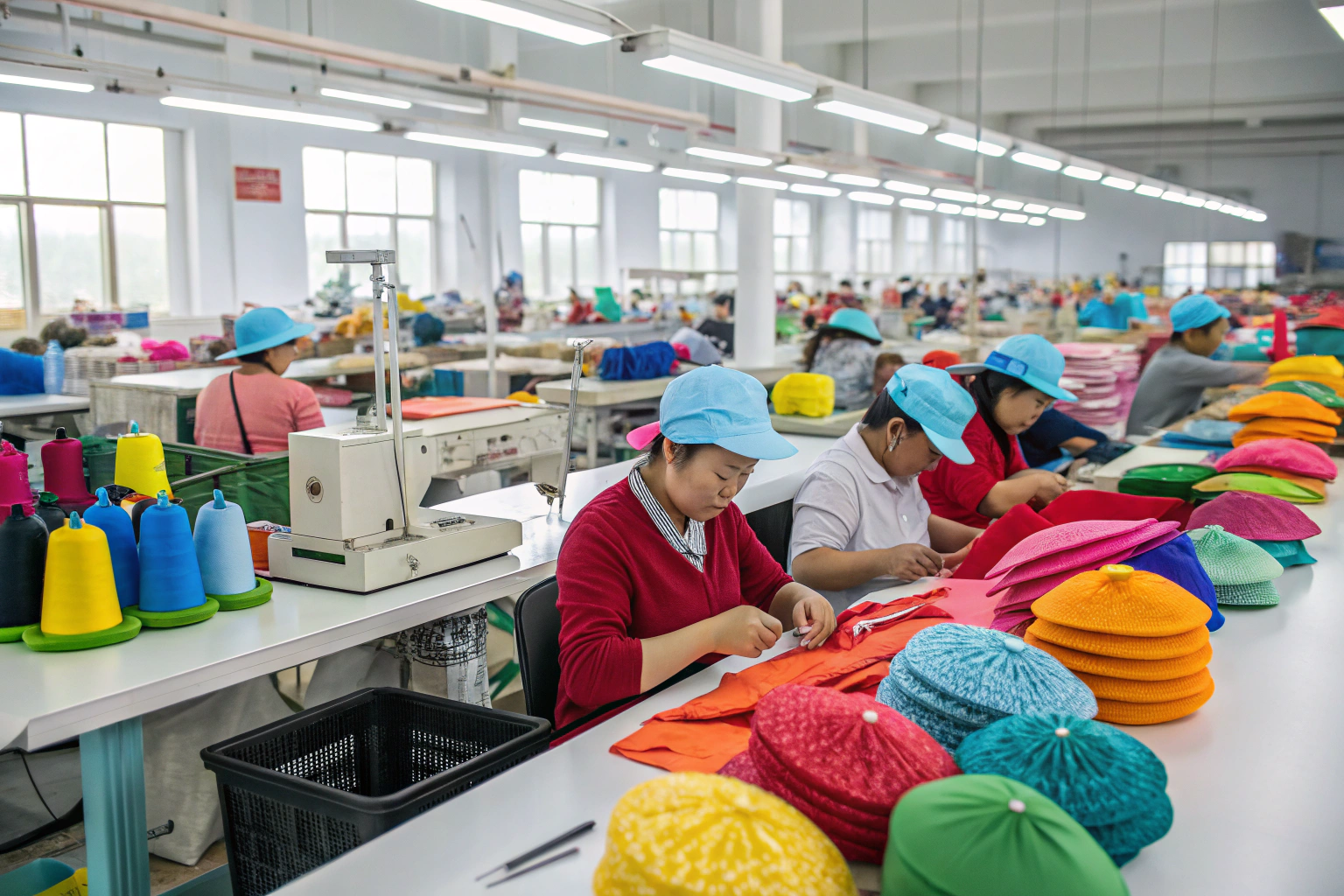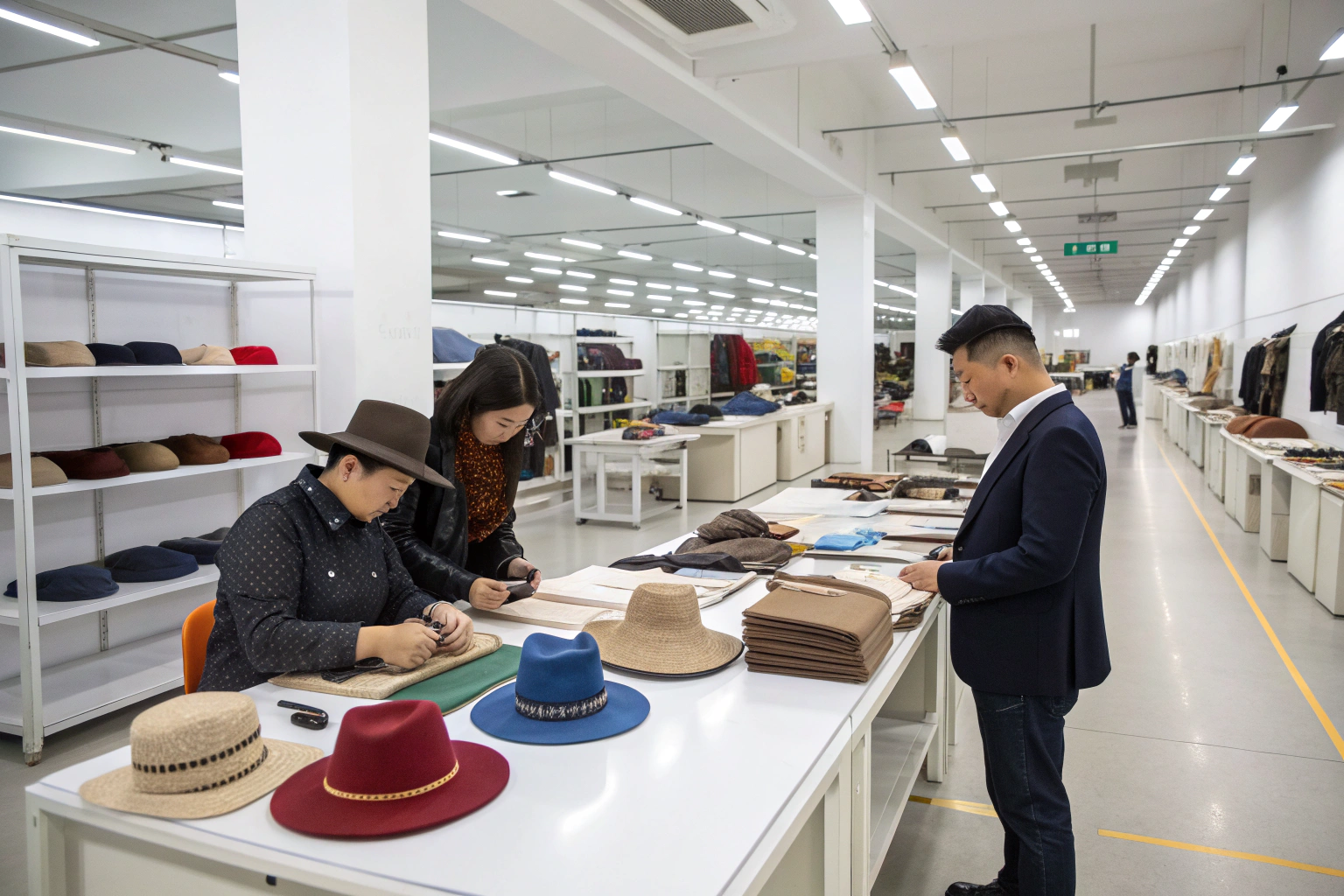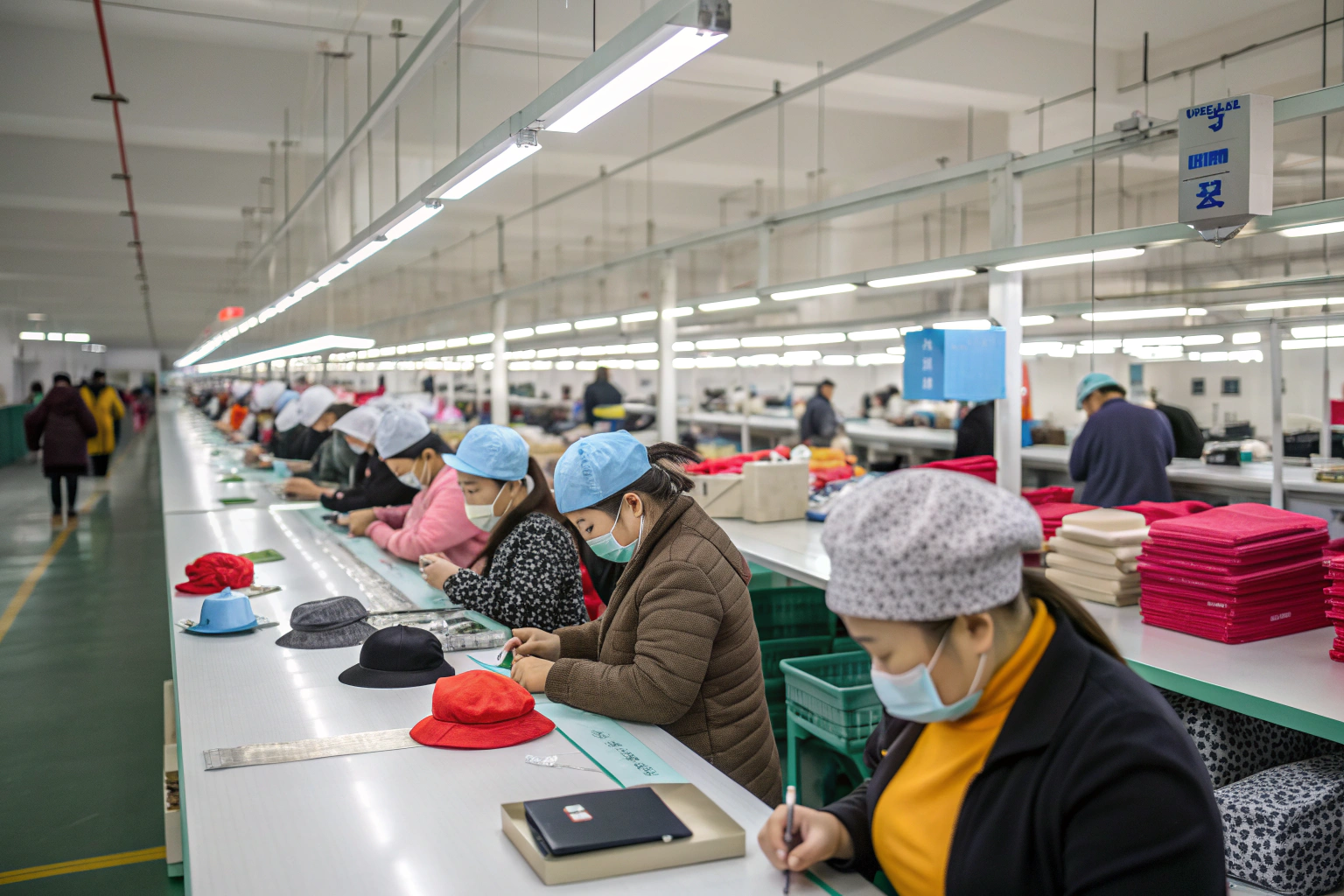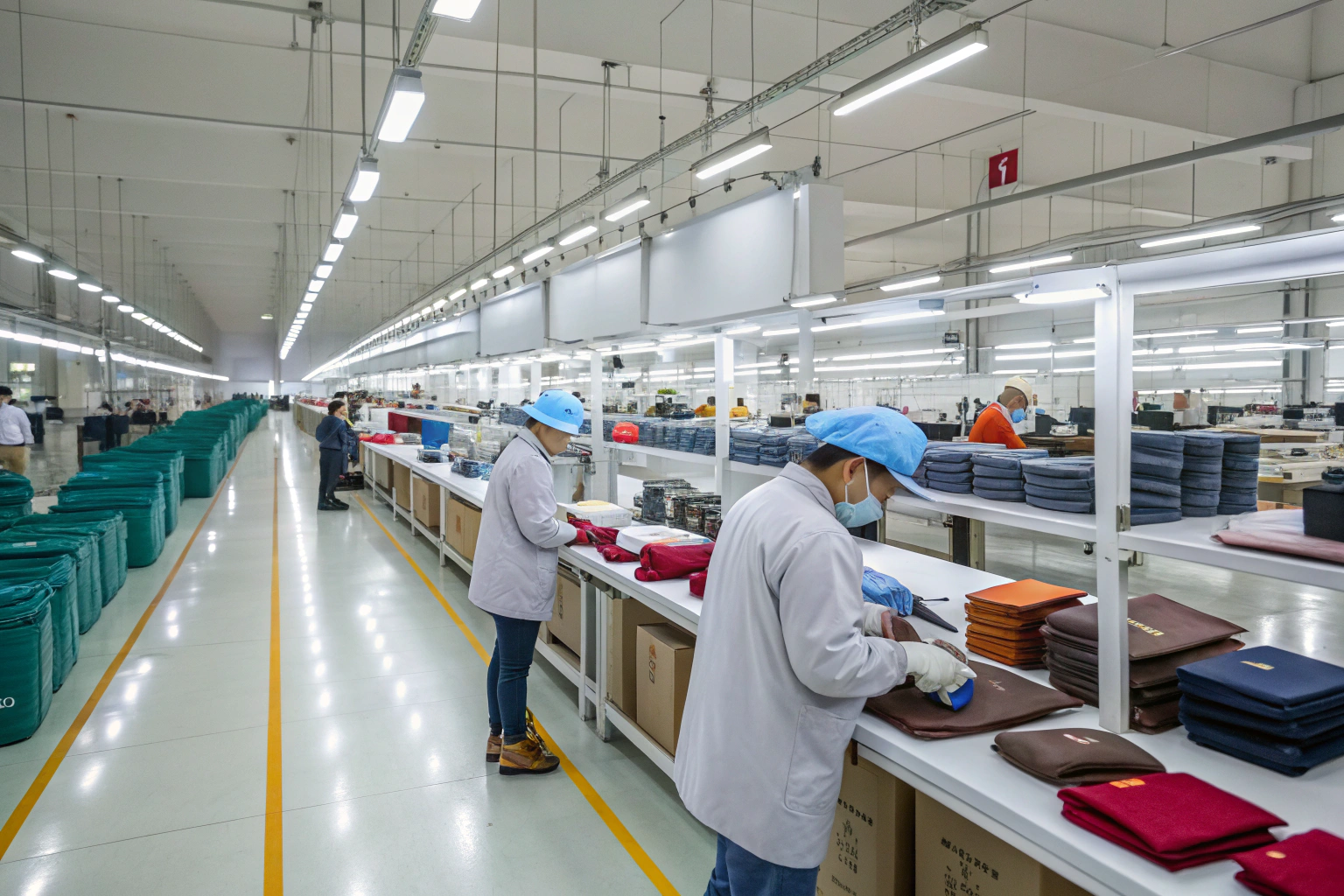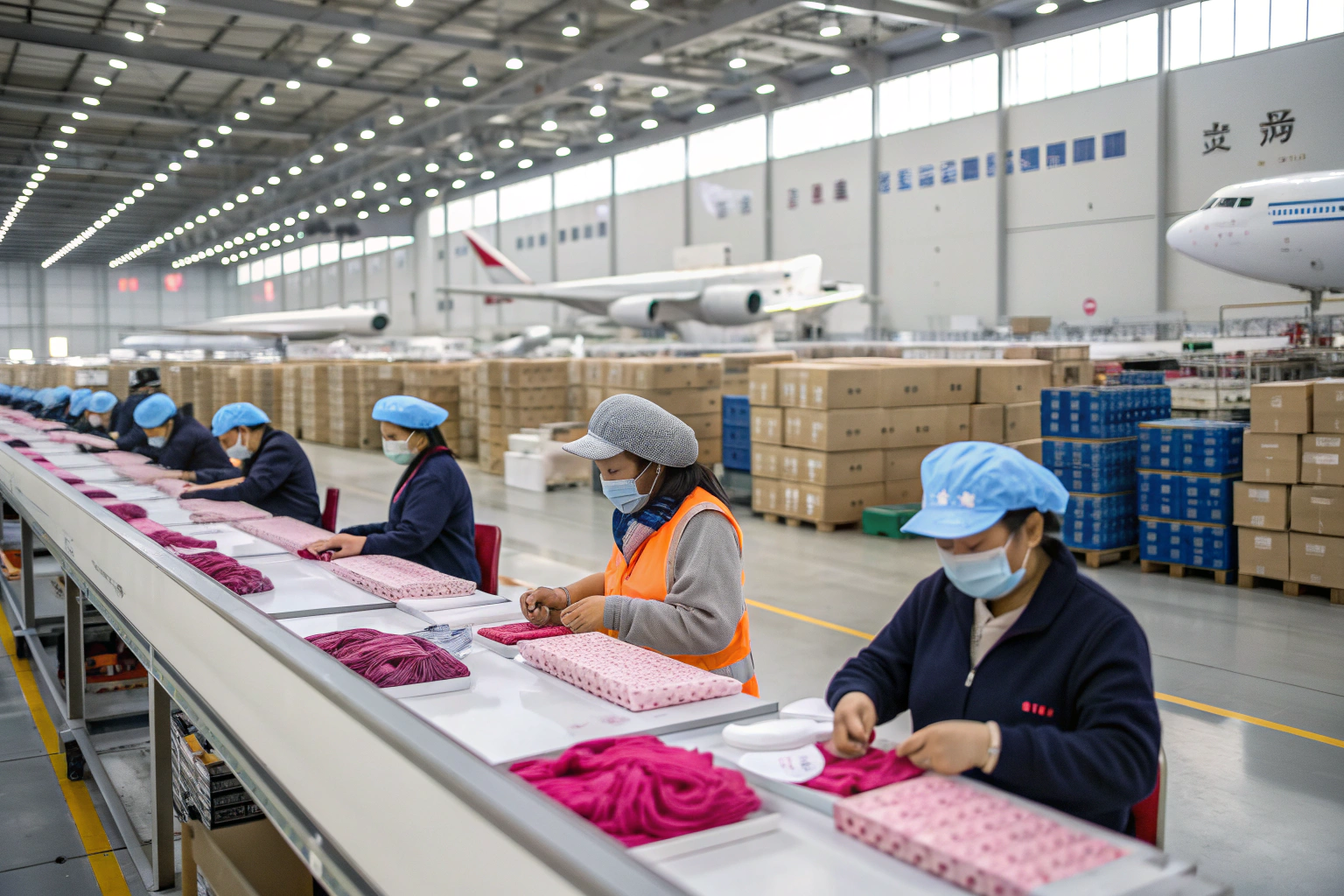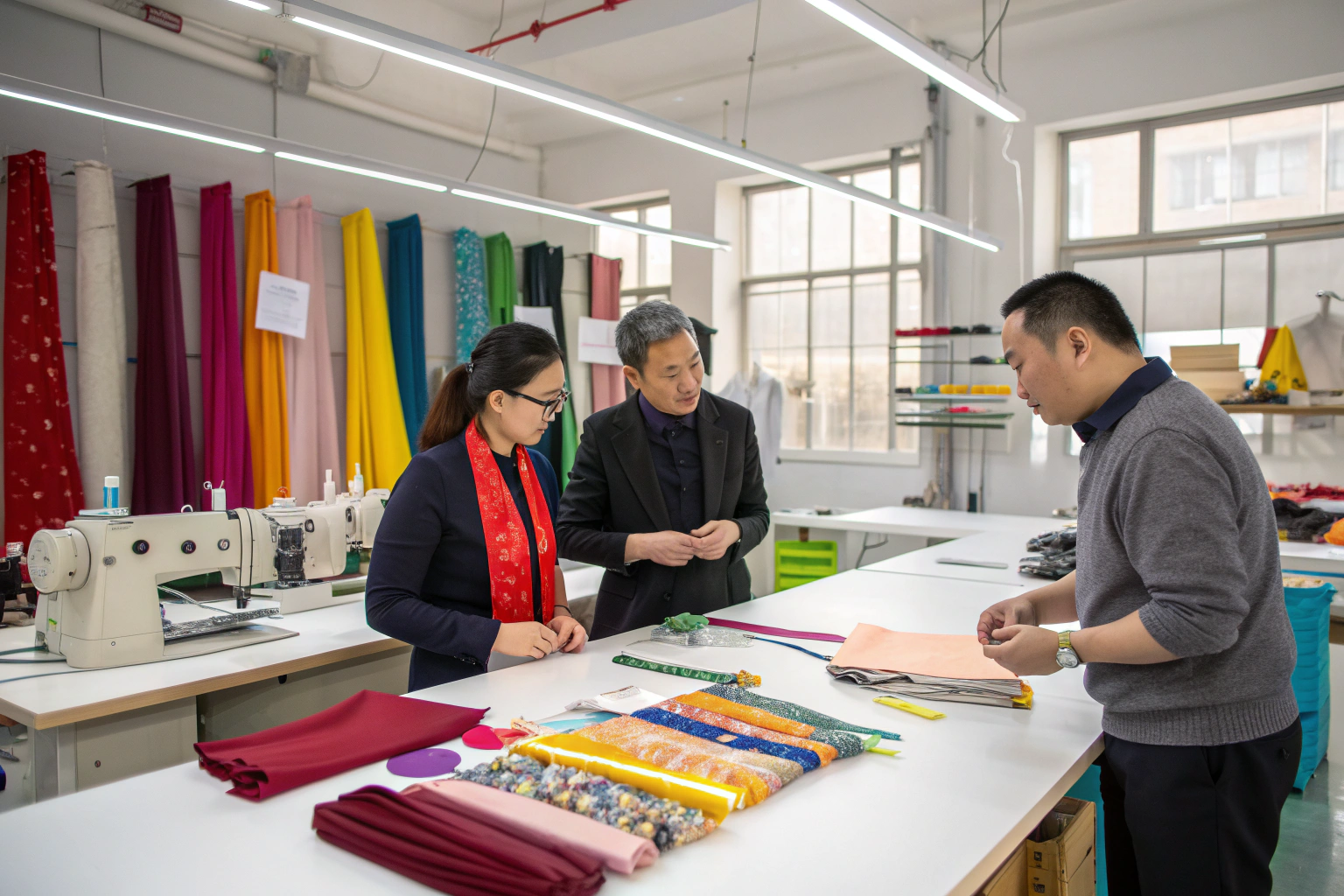When I first started working with international buyers in the tourism sector, I quickly realized how unique and demanding this market can be. Tourists expect accessories that not only look appealing but also withstand frequent use in diverse environments. Retailers and importers in this industry face pressure to deliver high-quality, attractive, and affordable products on tight timelines.
The key to success in sourcing accessories for the tourism market lies in understanding these unique needs and aligning them with a supplier’s capabilities. This includes ensuring consistent quality, offering a wide range of designs, maintaining reliable logistics, and providing competitive pricing—all while staying attuned to seasonal trends and regional preferences.
With our experience at AceAccessory, we have helped brands, chain stores, and importers from North America and Europe meet these challenges. Let me walk you through the factors that matter most when sourcing accessories for the tourism sector.
How Important Is Quality and Durability in Tourism Accessories?
Tourism is all about experience, and tourists will not forgive poor-quality accessories that fail during their trips. Products like travel hats or beach scarves must withstand various climates, from humid beaches to dry deserts, without fading or losing shape.
For buyers, quality control should be a top priority when selecting a supplier for tourism accessories. Strong materials, precise stitching, and tested durability not only enhance customer satisfaction but also protect your brand reputation.
By partnering with manufacturers who have dedicated quality control teams, like ours, you can ensure every product meets international standards. This is not only about avoiding complaints but also about creating accessories that travelers will want to use again and again.

What Testing Standards Should Be Considered?
Every market has its own compliance requirements. For example, in Europe, accessories may need to meet REACH compliance to ensure materials are safe. In the U.S., products might need to align with CPSIA guidelines.
A good supplier should have experience in testing products for UV resistance, colorfastness, water repellency, and more. Ask your supplier to share past test reports and certifications. This step saves time, money, and avoids legal risks.
How Can Materials Impact Durability?
Material selection is a balance between cost, aesthetics, and performance. Cotton hats breathe well but may fade in sunlight, while polyester scarves resist wrinkles but might lack the softness of natural fibers. For beach destinations, quick-dry fabrics are ideal, while for colder regions, thermal knits are better.
Choosing the right material is not just about looks—it’s about ensuring tourists can enjoy their accessories for the entire trip and beyond.
What Role Does Design Variety Play in Attracting Tourists?
Tourists come from all over the world, and their preferences can vary widely. An accessory that sells well in Miami may not appeal to buyers in Paris. This is where design variety becomes a competitive advantage for sourcing.
Offering a diverse range of styles, patterns, and seasonal designs ensures that your products appeal to different tourist markets. Suppliers with in-house design teams can respond quickly to fashion trends and create custom pieces that suit specific destinations.

How Do Seasonal Trends Influence Design Choices?
Tourism is seasonal in many regions. Winter destinations require warm hats, gloves, and scarves, while summer resorts need sun hats, beach bags, and light shawls. Monitoring seasonal demand can guide your product selection.
Websites like Vogue’s trend reports and Pinterest seasonal boards can help predict what styles tourists will be drawn to in the coming months.
Is Customization Important for Tourism Retailers?
Yes, because customization adds local value. Tourists love items that reflect the destination—think of a scarf printed with a local skyline or a beach hat embroidered with a city name. Manufacturers who can offer small-batch customization without high setup costs will appeal more to tourism retailers.
Custom designs can also be a way to upsell or create limited-edition collections that boost sales.
How Can Logistics and Timeliness Affect Sourcing Success?
In the tourism sector, timing is everything. Products must arrive before the tourist season begins, or opportunities are lost. Delays in production or shipping can mean missing an entire selling window.
A reliable supplier should not only produce quickly but also handle shipping, customs clearance, and delivery with precision. Having a supplier in China with strong logistics partners helps reduce risks, even with tight deadlines.

How to Plan for Seasonal Shipping?
If you are targeting summer sales in Europe, your accessories should be in stores by early May. This means production might need to start as early as February. Understanding your supplier’s lead times and booking shipping space in advance is crucial.
Resources like Maersk shipping schedules or Freightos rate calculators can help plan timelines.
What Shipping Methods Work Best for Tourism Goods?
Air freight is fast but expensive, while sea freight is cost-effective but slower. Some buyers use a combination—sending part of the order by air to meet deadlines, with the rest by sea to save costs. Working with suppliers who can coordinate this hybrid approach gives you flexibility and security.
Why Is Price Competitiveness Still a Key Factor?
Even in a market where quality and design are important, price remains a decisive factor—especially for large retail chains and tourist shops that rely on high sales volumes.
Competitive pricing does not mean compromising quality—it means optimizing production, materials, and logistics to offer value. A good manufacturer knows how to balance these without cutting corners.

How to Negotiate Better Prices Without Sacrificing Quality?
Ordering larger quantities, consolidating shipments, or choosing alternative materials can help reduce costs. You can also work with suppliers to standardize certain components, like belt buckles or hat trims, to save on production expenses.
Guides like Alibaba sourcing tips can help buyers prepare for more effective negotiations.
Can Long-Term Partnerships Improve Pricing?
Absolutely. Building a consistent relationship with your supplier can lead to better terms, priority production slots, and even access to exclusive designs. Long-term contracts help stabilize costs and reduce the risk of sudden price increases.
Conclusion
Sourcing accessories for the tourism sector is a balancing act between quality, variety, timeliness, and price. Each factor plays a critical role in ensuring your products delight tourists and meet your business goals.
At AceAccessory, we understand these challenges and have the systems in place to deliver. If you want to create your own line of high-quality accessories for the tourism market, contact our Business Director Elaine at elaine@fumaoclothing.com and let’s make your next collection a success.

